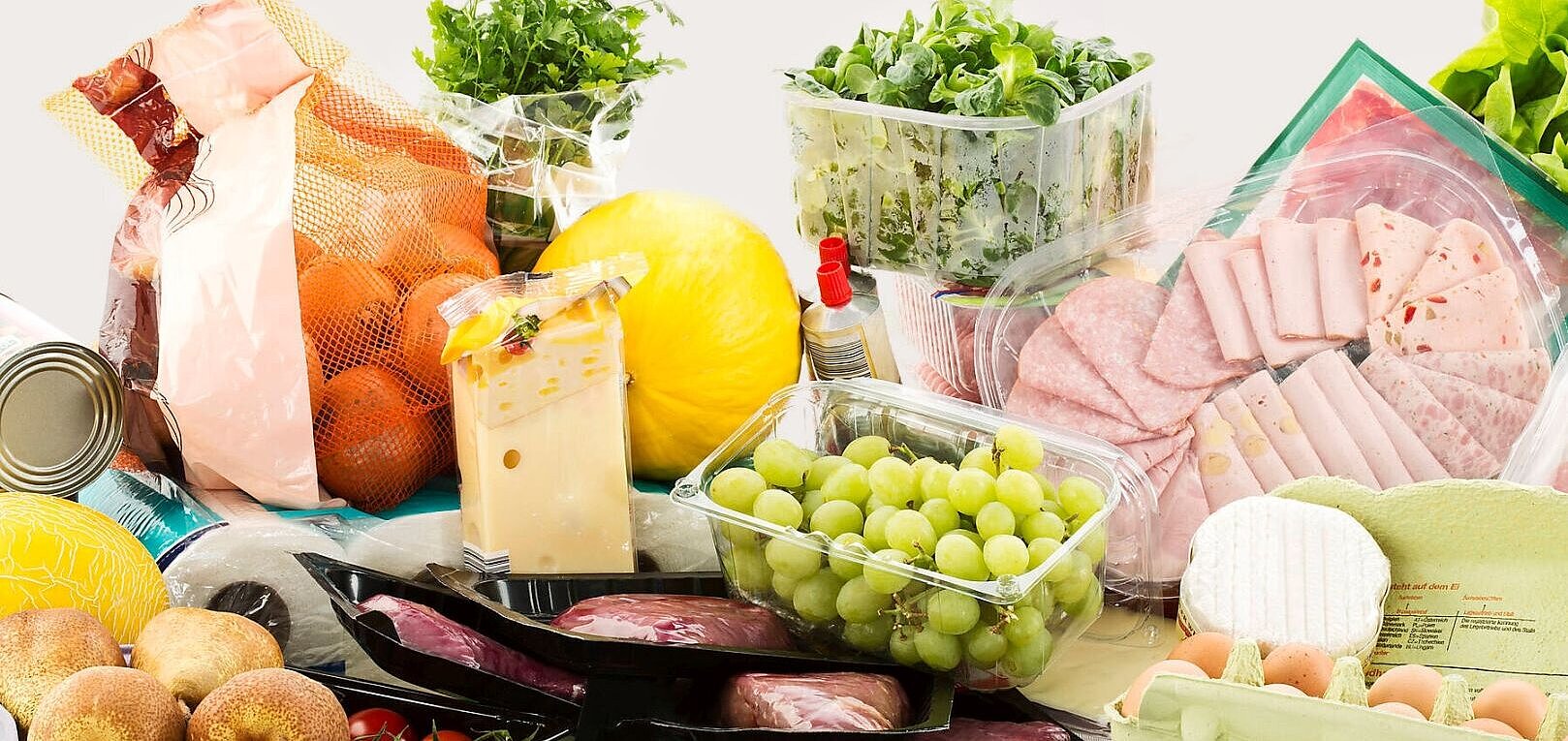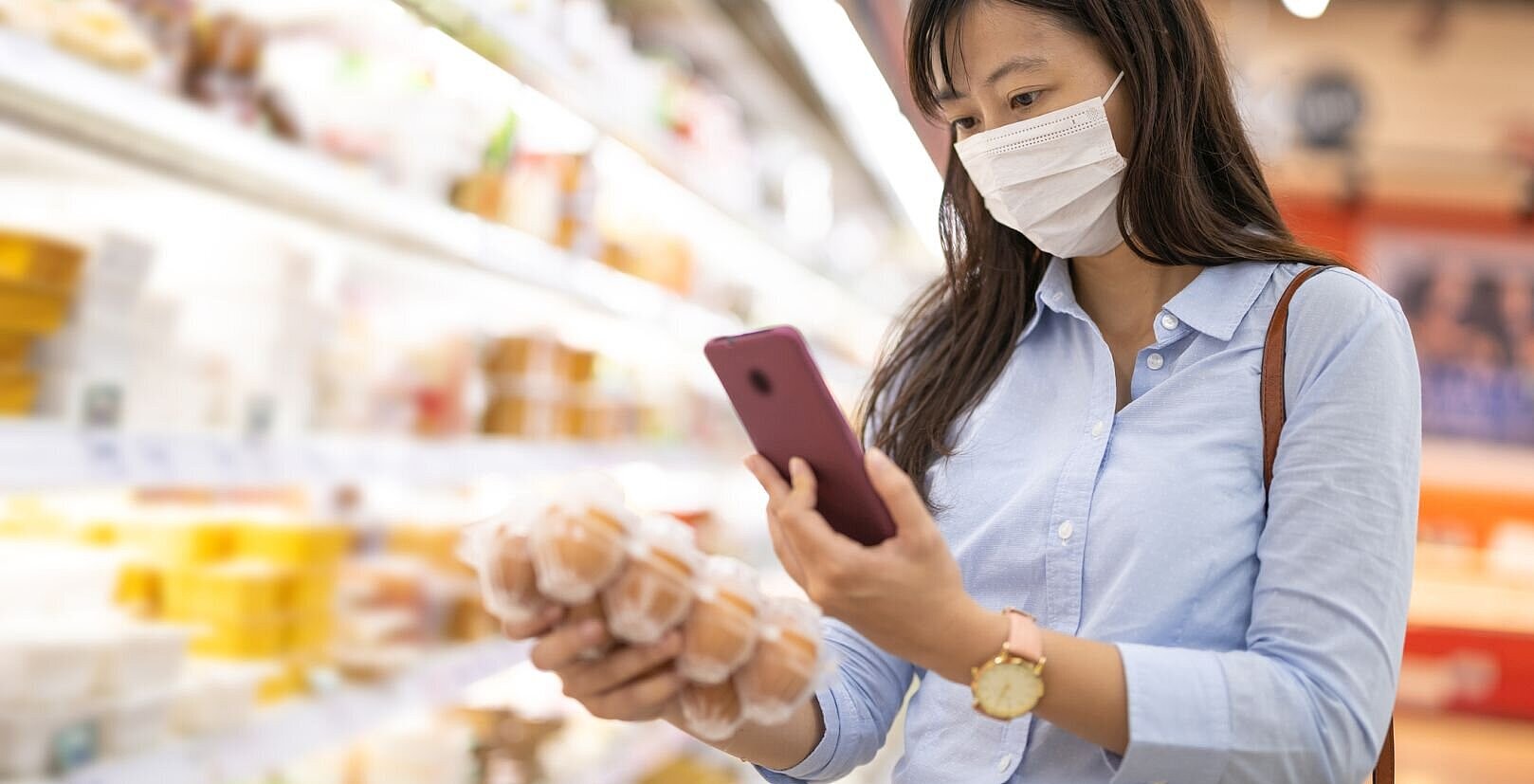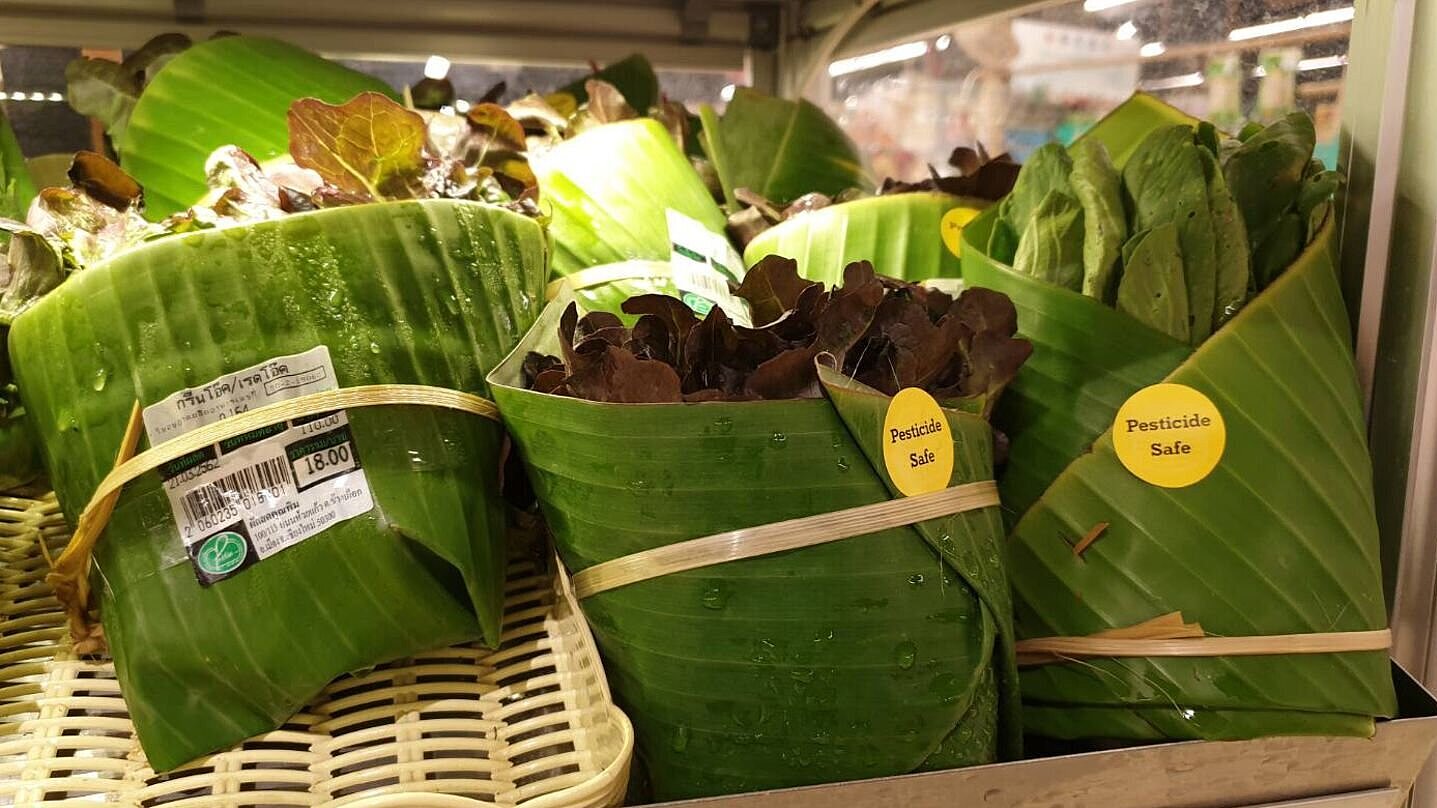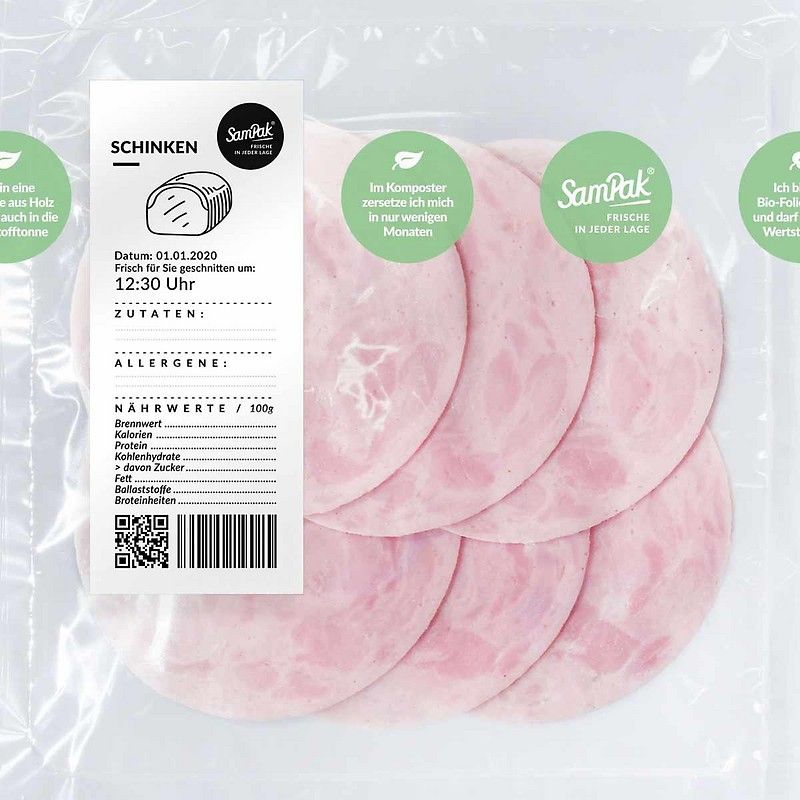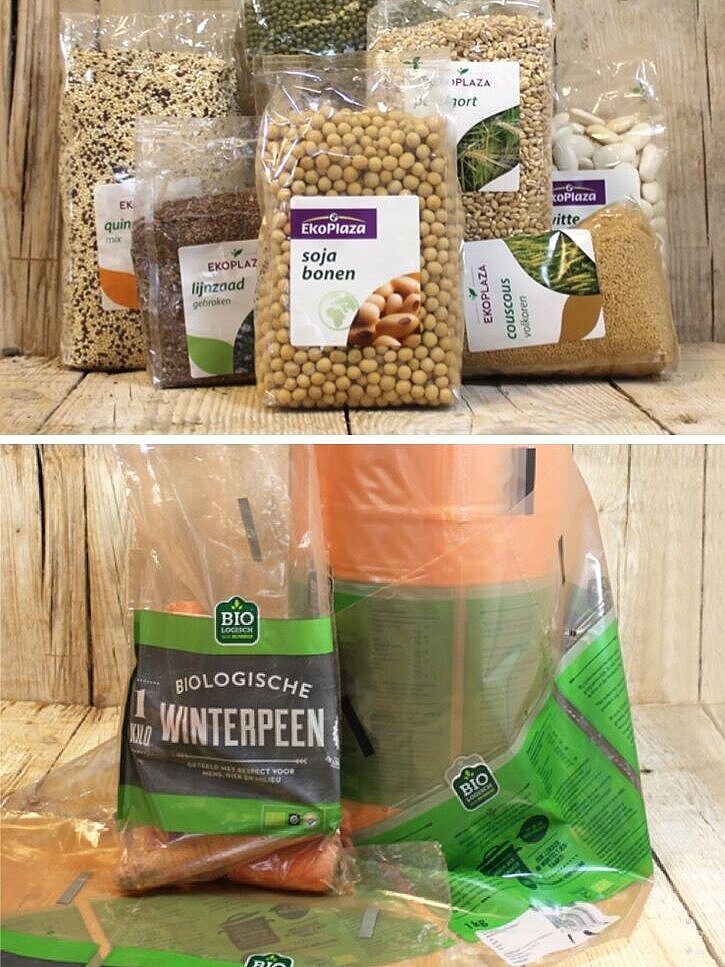Content: Marketing diversity can also be ensured with a standardized, reduced-complexity packaging range for different manufacturers
Appearance and design can be applied to the standardized packaging, as can information diversity - whether with films, paper labels or environmentally friendly, easy-to-remove varnishes.
For detailed information around a product, codes can be placed on the packaging for consumers to scan.
The colorful variety to which the eye is currently accustomed in the supermarket may be somewhat limited: But the use of numerous innovative bio-based packaging, which can be made from leftovers from the agricultural industry and other materials that are microplastic-free degradable, contributes at least a little to the visual diversity in colors and design.
